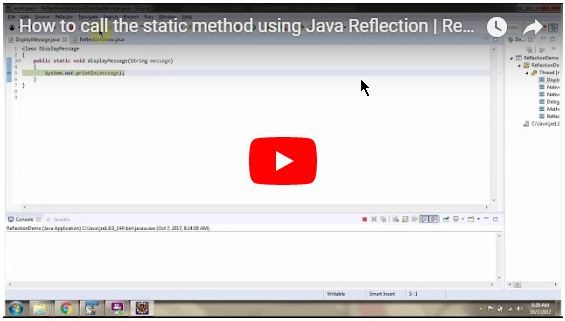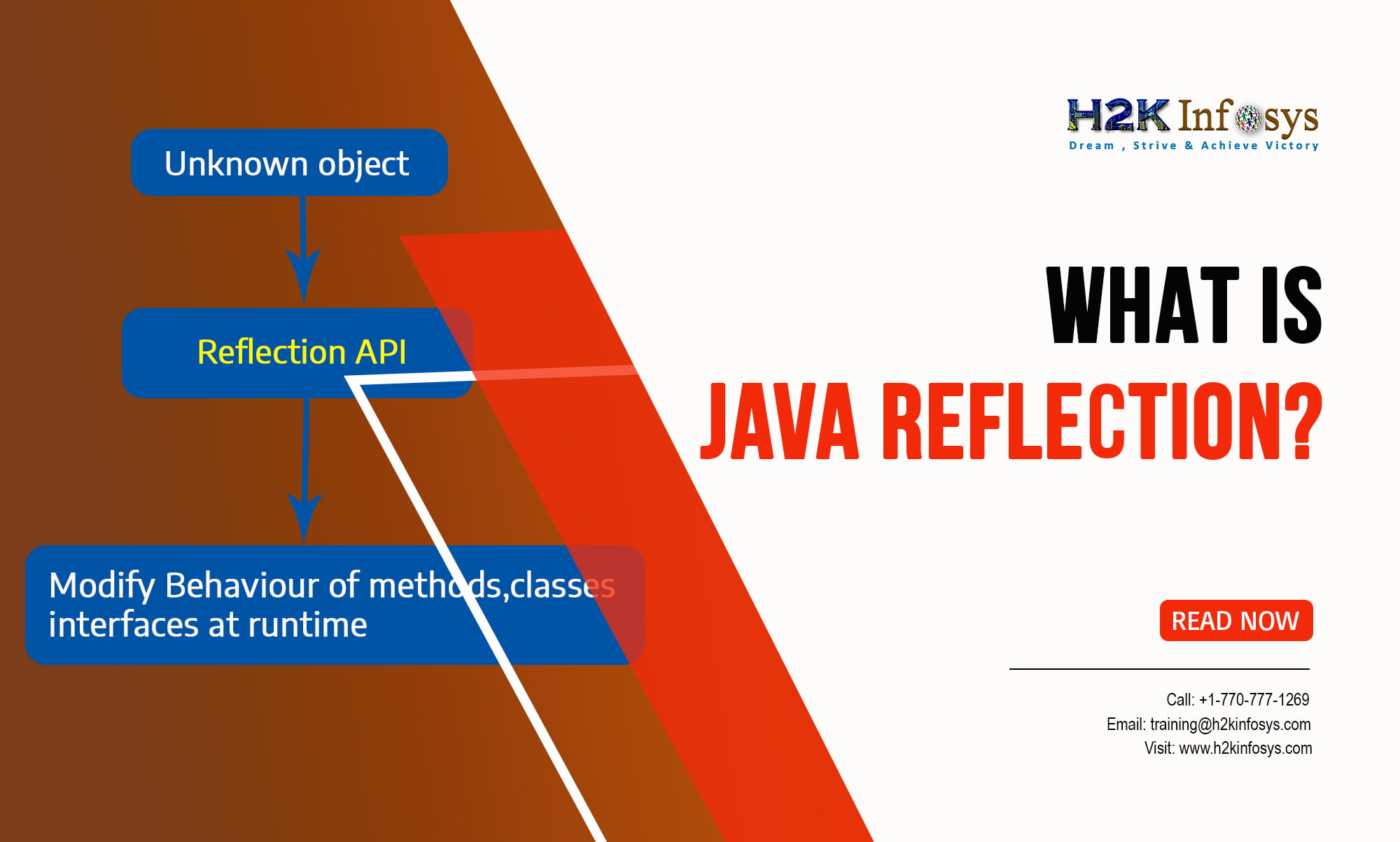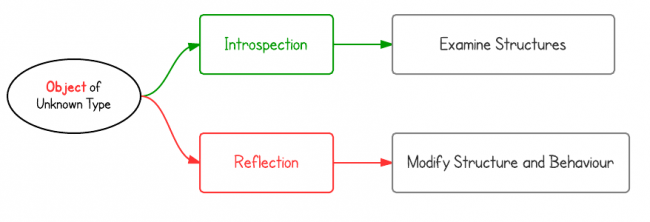


The Primitive data types are automatically passed as a Wrapper class Object. Note: Here, as the method is static we don’t need a Class Object so the first argument is null, In Method Parameters, we typecast the parameter as Object Type for any Object type parameter. The General Syntax: public Object invoke(Object ClassObject, Object Parameters)

Invoke Method: After this, we invoke the static method using invoke() method of the Method object.Also, the getMethod throws NoSuchMethodException and SecurityException which need to be handled explicitly. Note: If the Parameter to pass while invoking is of type String Array, we give the second argument as String.class and if it is an Integer we use Integer.class. // passing in, for example: emailAddress (as the fieldName) // we need to capitalize the first letter to properly invoke the setter method (i.e.
The General Syntax is: public Method getMethod(String MethodName, ParameterType.class) Use getClass() API method to get the runtime class of the StringBuilder and then getMethod(String name, Class<>.We invoke the getMethod() of the Class Object which returns the specified method of class as a Method Object.
#JAVA REFLECTION METHOD INVOKE EXAMPLE HOW TO#
Understanding Java Annotation – Annotation Examplesīelow is a simple example on How to use Reflection to Call Java Method at Runtime?.Java Tips: What is the Fastest Way to Copy File in Java?.
#JAVA REFLECTION METHOD INVOKE EXAMPLE CODE#
Test harnesses can make use of reflection to systematically call a discoverable set APIs defined on a class, to insure a high level of code coverage in a test suite. Debuggers and Test Tools: Debuggers need to be able to examine private members on classes.Visual development environments can benefit from making use of type information available in reflection to aid the developer in writing correct code. Class Browsers and Visual Development Environments: A class browser needs to be able to enumerate the members of classes.Extensibility Features: An application may make use of external, user-defined classes by creating instances of extensibility objects using their fully-qualified names.With that caveat in mind, reflection is a powerful technique and can enable applications to perform operations which would otherwise be impossible. This is a relatively advanced feature and should be used only by developers who have a strong grasp of the fundamentals of the language. Reflection is commonly used by programs which require the ability to examine or modify the runtime behavior of applications running in the Java virtual machine. Take an in-depth look at the Java Reflection API The getMethods () method is used to get the public methods of the class to which an object belongs.Java Reflection Tutorial for Classes, Methods, Fields.Java – What is reflection, and why is it useful?.It is also possible to instantiate new objects, invoke methods and get/set field values using reflection. Java Reflection makes it possible to inspect classes, interfaces, fields and methods at runtime, without knowing the names of the classes, methods etc.


 0 kommentar(er)
0 kommentar(er)
